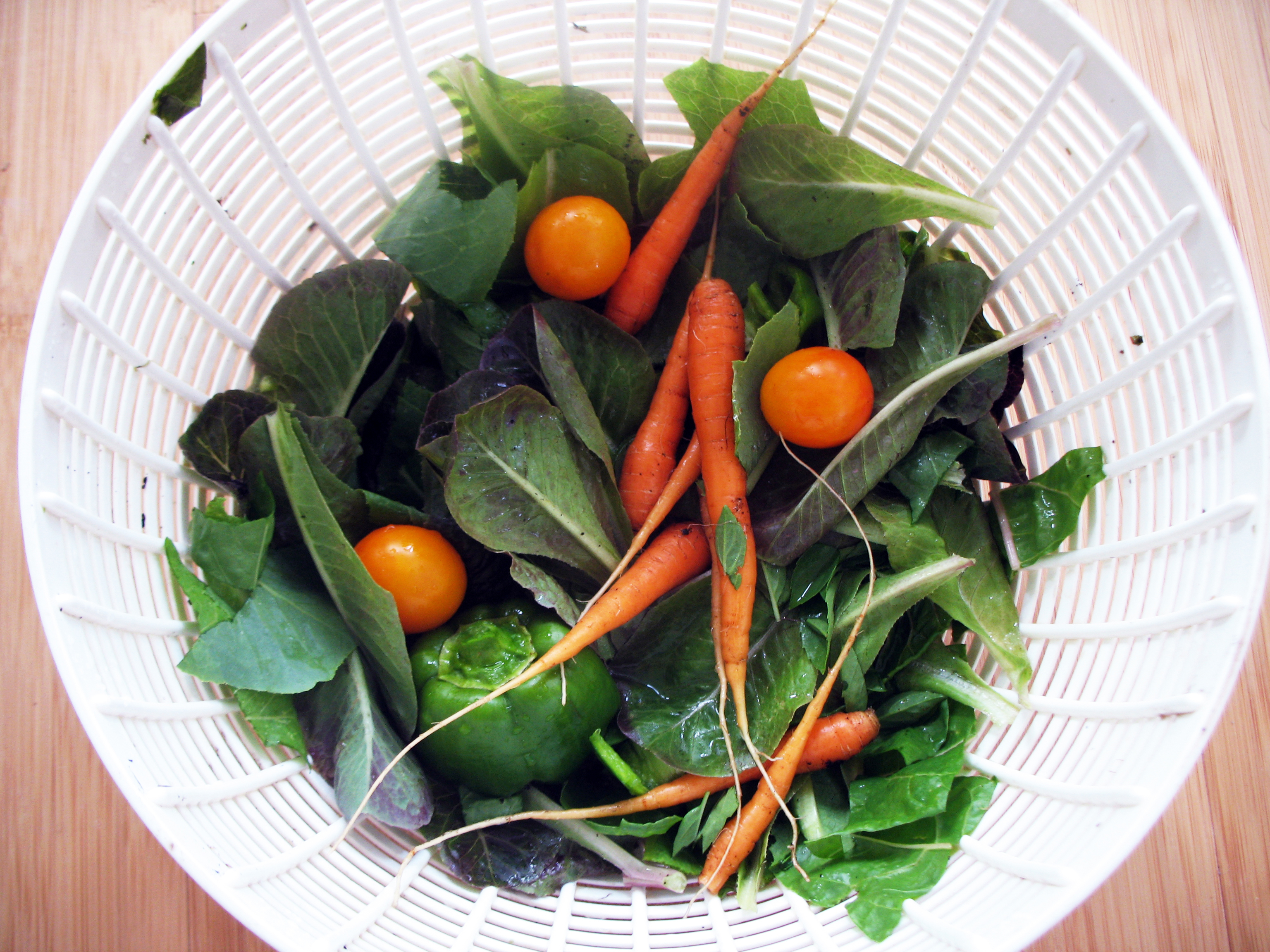Can I Grow Carrots Indoors with Grow Lights?
September 26, 2021
Indoor Gardening: Growing Carrots Indoors
It's al little trickier than you might think...
So, I received a question over on my youtube channel about growing carrots indoors...specifically, would 4 HO T5 retrofit LED bars in an 8-lamp Fluorescent fixture be enough to grow carrots indoors? I thought I'd share my answer with you here, as managing environmental conditions for many root crops can get a little tricky indoors:

ANSWER
It depends! My UCLA Extension Horticulture students LOVE getting this answer from me, but hear me out. It depends on the environment in which your growing - is there any other natural light, or does all the light come from the 4 (42-wattish LED bars?), the PPF output of each of the LEDs, and how long you leave them on. If you had a PAR meter, you could measure the PPFD of the 4 LEDs in combination, and adjust the height and duration for the desired crop...but you may find you can't produce an adequate DLI for fruiting/rooting crops, which really need the equivalent of full sun conditions.
DLI for Carrots
Let's assume a VERY general assumption that each of your new 42-watt Leds in the 5000-6400 K can each generate a PPFD of around 25 umol/m2/s at 12" above the plants (this is fiction, as I can't measure you lamps). So, 4 of them gets you a potential PPFD of 100 umol/m2/s. If you ran them for 1 hours that gets you a DLI (daily light integral) of around 4.3 Mol/m2/Day...it's is only sufficient for low to very low light plants (definitely not fruiting/rooting crops). Carrots need a DLI in the range of 20-30 Mol/m2/day.
Now, if you put the lights closer to the plants it would increase your PPFD and thus your DLI...but you probably don't want to get any closer than that for maturing plants because it may burn the foliage or make conditions too hot for carrots – germination and root formation is best at cooler temps between 55-75F (13-24C) (of course in seedling/germination stage those lights need to be 3-4" from the seeds/seedlings, then raised as they grow). So you’re probably going to need to make sure the lamps are at least 18” above the plants, which will significantly reduce the PPFD.
Now, the PPF and thus potential PPFD of each of your LEDs might be more, but I can't know that unless I know more about the lamps and I can measure the PPFD with a PAR meter. So, I just got up on a chair and measured the light from TWO 6400k LEDs in a fixture in my office (I don’t know the age of these lamps but I’d suspect they are a couple of years old). The PPFD at 12" below the lamps (with additional light in my space) was 55.5 umol/m2/s....so the fictional example I just used above is probably pretty close to being accurate (4 of them would give me a little over 100 umol/m2/s at 12” and a low . So, if you use 8 lamps instead, you can ballpark doubling that PPFD, and get a DLI when run for 12 hours of around 10 Mol/m2/day which is sufficient for a lot of plants…but probably not beefy carrots!
Carrots are Long-day Plants
You can also increase the DLI by leaving the lamps on longer...you can grow many crops under grow lights running them anywhere from 14-24 hours. BUT here is the tricky part - carrots are long-day plants (photoperiodic) and they are triggered to bolt and flower by longer days/shorter nights (light period longer than 12 hours). SO, if you ran the lamps longer than around 12 hours a day to get a higher DLI you’ll trigger flowering, which stops taproot formation and makes it woody and unpalpable. Therefore, for indoor carrots (and other long day root crops), you really need to increase your light intensity as much as you can during a shorter, 12-hour photoperiod. So, MORE light intensity = MORE lamps during a shorter time period. With new, HO T5 quality LEDs, (such as Agro LEDs) You should potentially be able to hit a 20 Mol/m2/day DLI with 6-8 of the lamps run for 12 hours per day.
You can learn more about all of these metrics in my book Gardening Under Lights.

